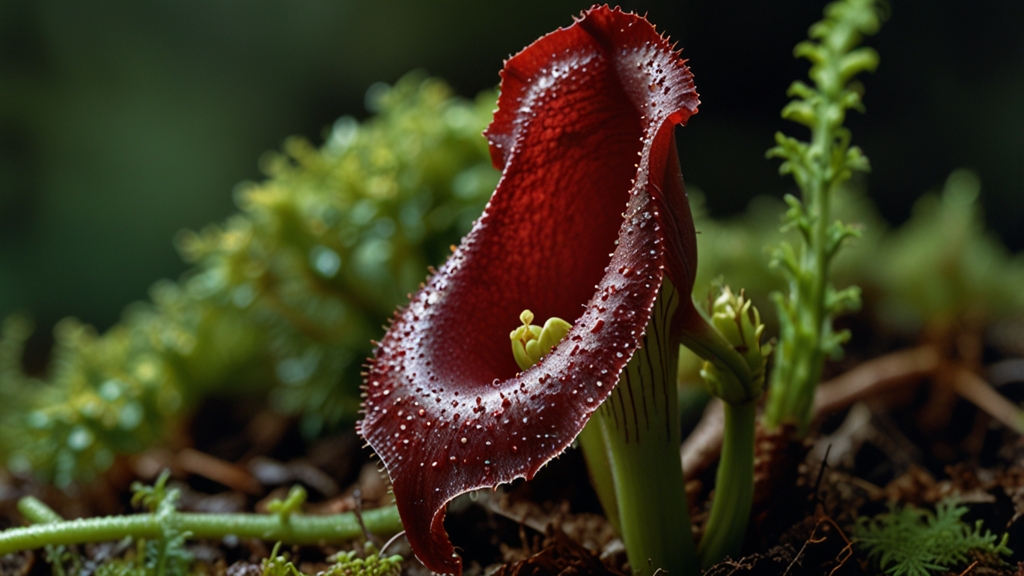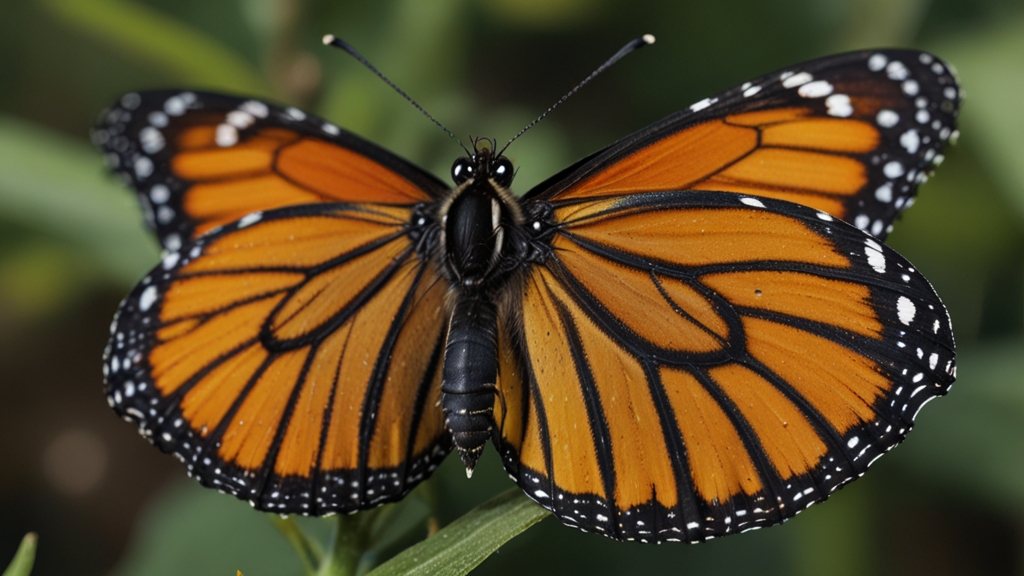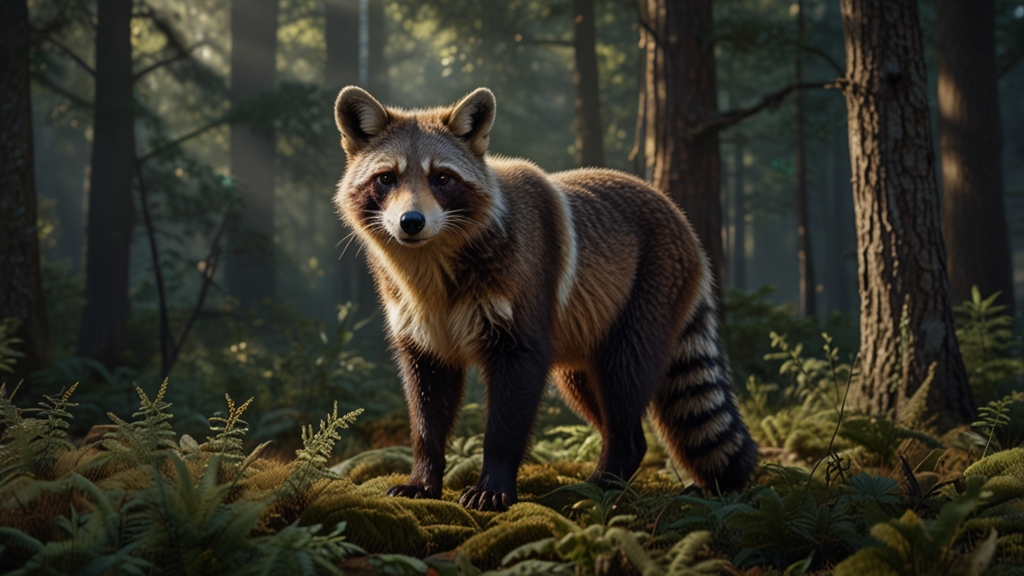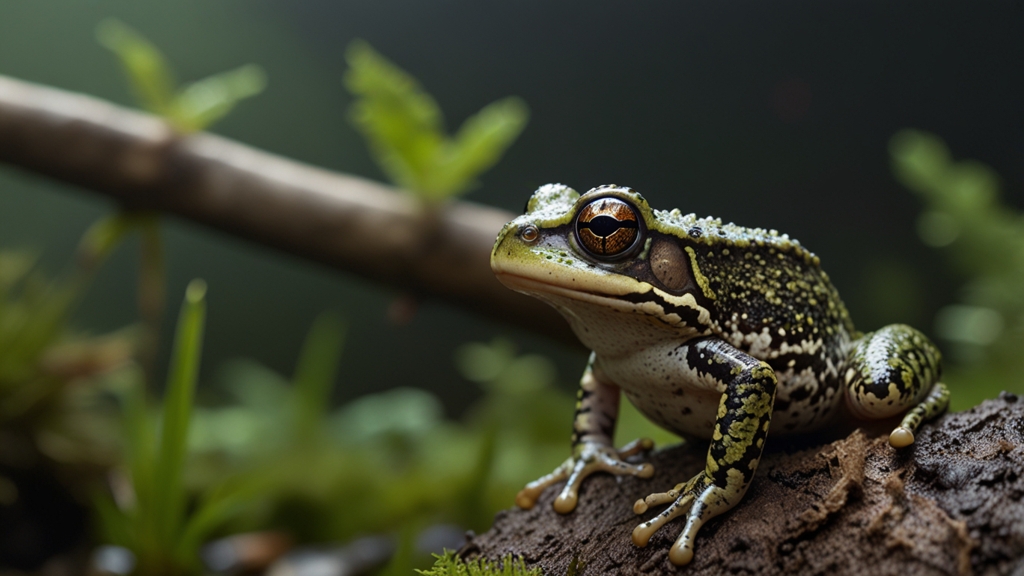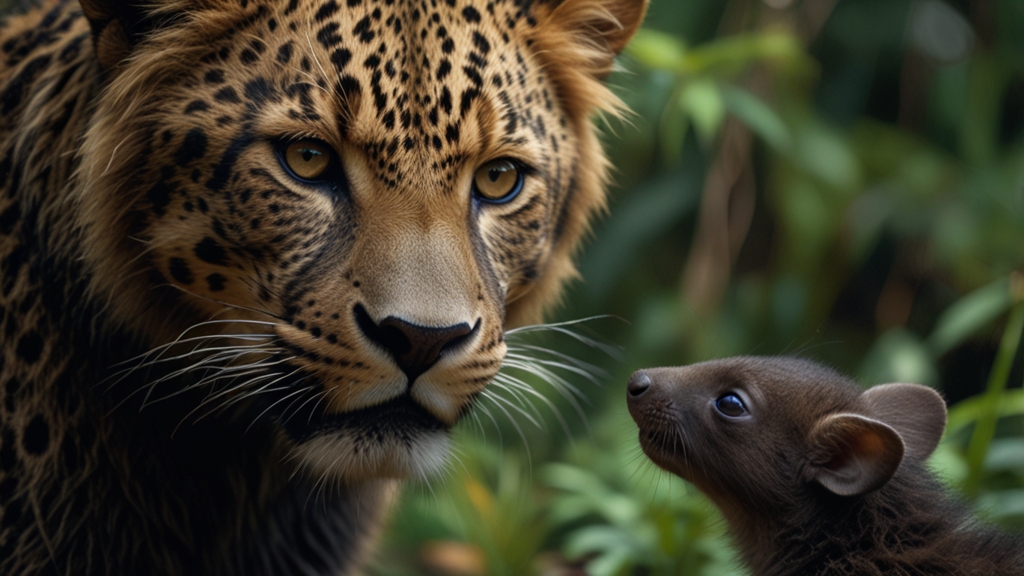The Truth About Carnivorous Plants: Nature's Most Deadly Beauties
Carnivorous plants have captivated the human imagination for centuries with their unique adaptations and striking appearances. From the infamous Venus flytrap to the artistically grotesque pitcher plants, these botanical wonders represent some of nature's most deadly and beautiful creations. But what exactly makes these plants so fascinating, and how do they really work? Let's delve into the intriguing world of carnivorous plants to uncover the truth about these exceptional species.
What Are Carnivorous Plants?
Carnivorous plants are a unique group of flora that have evolved to obtain nutrients by trapping and decomposing insects and other small animals. Unlike most plants that primarily rely on photosynthesis, carnivorous plants have developed specialized mechanisms to thrive in nutrient-poor environments. They can be found in diverse habitats across the globe, from humid rainforests to arid deserts, each species perfectly adapted to its specific environment.
Types of Carnivorous Plants
Several different types of carnivorous plants exist, each utilizing unique methods to capture and digest their prey. Here are some of the most notable varieties:
Venus Flytrap (Dionaea muscipula)
Perhaps the most iconic of all carnivorous plants, the Venus flytrap has specialized leaves with hair-trigger structures. When an unsuspecting insect lands on the leaf, it triggers the hairs, causing the leaf to snap shut and trap the prey inside. The plant then secretes digestive enzymes to break down the insect and absorb its nutrients.
Pitcher Plants (Nepenthes, Sarracenia, and others)
Pitcher plants possess deep, pitcher-shaped leaves filled with digestive fluid. An enticing nectar-like substance attracts prey to the rim of the pitcher. Once the insect falls inside, slippery walls prevent its escape, and the digestive enzymes in the fluid break down the prey for nutrient absorption.
Sundews (Drosera)
Sundews have leaves covered in sticky glandular hairs that exude a glistening, glue-like substance. When an insect becomes ensnared, the hairs slowly curl around the prey, immobilizing it while digestive enzymes are secreted to decompose the catch.
Bladderworts (Utricularia)
Bladderworts are aquatic or semi-aquatic plants with tiny bladder-like traps. These traps create a vacuum, and when triggered by small aquatic organisms, they rapidly suck in water along with the prey, digesting it with enzymes over time.
"The first time I saw a Venus flytrap in action, I couldn't believe my eyes. It was both fascinating and a little eerie, watching nature's ingenuity at work." - A Botanical Enthusiast
Digestion and Nutritional Absorption
The process of digestion varies among different types of carnivorous plants. However, the general principle remains the same: trapping, immobilizing, and enzymatically breaking down the prey to absorb essential nutrients. This adaptation allows carnivorous plants to thrive in environments that are typically low in essential nutrients like nitrogen and phosphorus.
Ecological and Evolutionary Significance
The evolution of carnivory in plants is a remarkable testament to nature's ingenuity. These plants have developed their predatory habits because they often grow in soils that are deficient in key nutrients. By supplementing their diet with animal prey, they can successfully survive and reproduce in challenging conditions. Their presence in an ecosystem can also influence the surrounding flora and fauna, creating a unique ecological balance.
Conservation and Challenges
Despite their resilience and adaptability, many carnivorous plant species face significant threats from habitat destruction, climate change, and illegal poaching. Conservation efforts are crucial to preserving these remarkable plants for future generations. Organizations and botanical gardens worldwide are working to protect natural habitats and raise awareness about the importance of conserving these unique species.
"Every conservation effort we make towards protecting carnivorous plants reinforces our commitment to biodiversity and the health of our planet." - A Conservationist
Conclusion
Carnivorous plants are more than just deadly beauties; they are a testament to the incredible adaptability and diversity of life on Earth. Their ability to lure, capture, and digest prey places them among nature's most fascinating organisms. Whether you're a botanist, a gardener, or simply a nature enthusiast, the world of carnivorous plants offers endless intrigue and a deeper appreciation for the complexities of our natural world.
